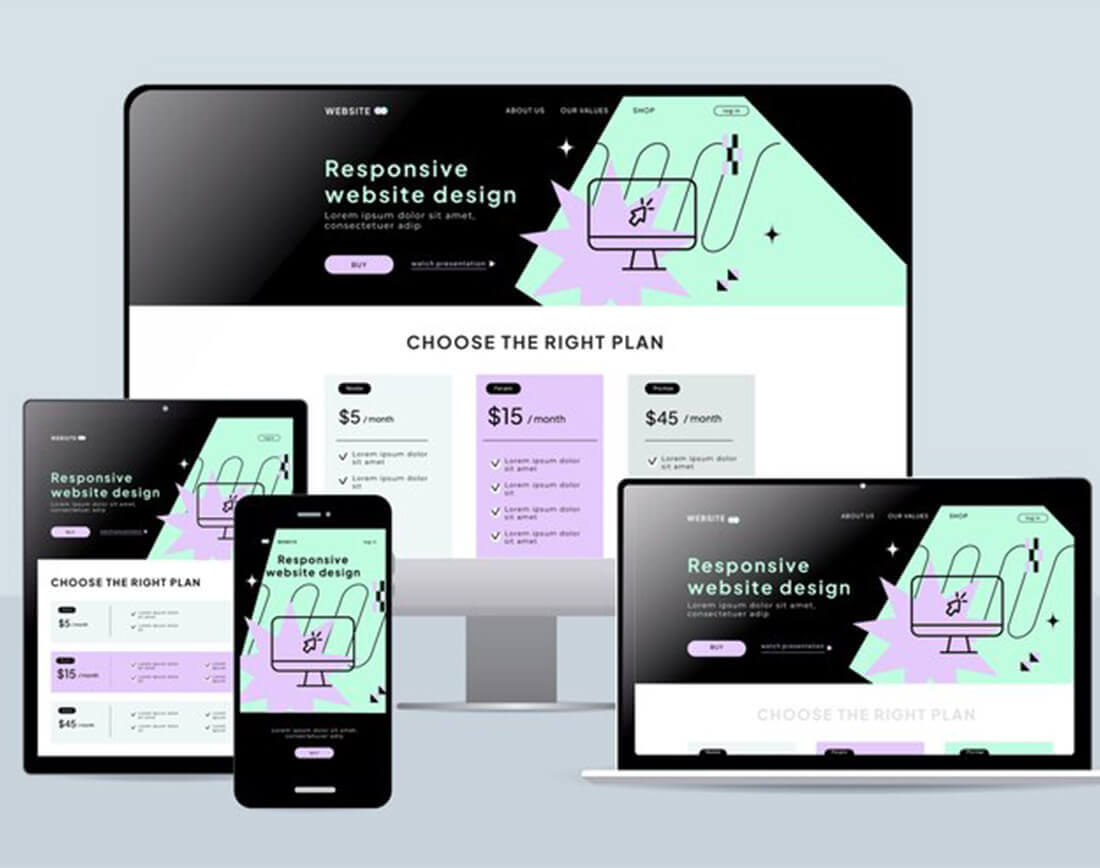
Mobile-First Web Design: Why It Matters More Than Ever
Remember the days when everyone browsed the internet on bulky desktop computers? Those days are long gone. Today, smartphones and tablets reign supreme, with a vast majority of users accessing the web through their mobile devices. This dramatic shift requires a new approach to web design – one that prioritizes mobile users first.
Mobile-First: A Necessity, Not a Trend
Here’s why a mobile-first web design strategy isn’t just a trend, but an absolute necessity for your business:
- The Mobile-First Index: Google, the king of search engines, now uses a mobile-first indexing system. This means the mobile version of your website is the primary version used for ranking and search results. If your website isn’t mobile-friendly, it could be hidden from potential customers searching for your products or services.
- The Power of Convenience: People expect a seamless and convenient online experience. If your website is clunky or frustrating to use on a mobile device, users will bounce quickly and head to a competitor’s site that offers a smooth mobile experience.
- Engagement on the Go: Mobile users are highly engaged. They’re constantly searching for information, comparing products, and making purchases on their phones. A mobile-friendly website allows you to capture this valuable audience and convert them into paying customers.
- Building Brand Trust: A website that looks outdated or poorly designed on mobile devices reflects poorly on your brand. Conversely, a well-designed mobile website shows you prioritize user experience and are committed to providing excellent service.
- Future-Proofing Your Website: Mobile internet usage is only going to grow. By adopting a mobile-first approach, you’re future-proofing your website and ensuring it remains accessible and user-friendly for years to come.
Going Beyond Responsiveness: Optimizing for Mobile
A responsive website (one that adjusts to different screen sizes) is a good start, but for optimal mobile performance, consider these additional factors:
- Lightning-Fast Loading Speeds: Mobile users expect instant gratification. A website that takes too long to load on a phone will be abandoned in a flash. Focus on optimizing images, code, and content to ensure fast loading times.
- Touch-Friendly Design: Buttons and menus should be large enough and spaced appropriately for easy navigation using fingers rather than a mouse.
- Prioritizing Readability: Keep text concise and use larger fonts for optimal readability on smaller screens.
- Click-to-Call Functionality: Make it easy for mobile users to contact your business with a single tap. This can significantly increase leads and conversions.
Mobile-First Design Expertise at Your Service
At our web design agency, we understand the importance of creating mobile-first websites that not only look great but also deliver a superior user experience on all devices.
Ready to Capture the Mobile Audience?




Leave a Reply